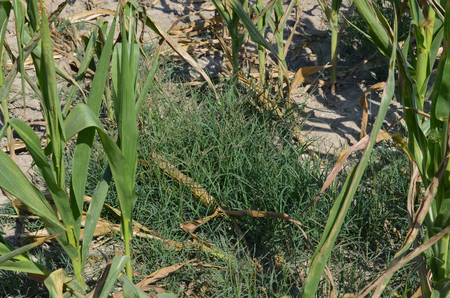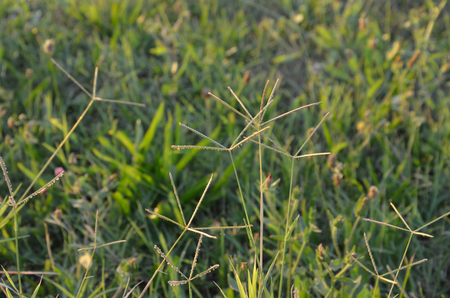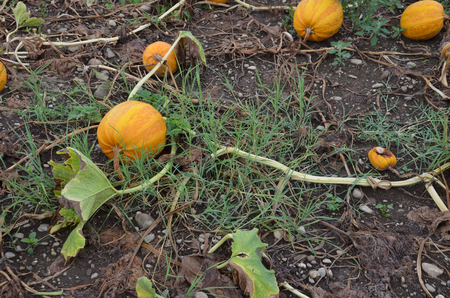Bermuda grass
Cynodon dactylon
Appearance
Dogtooth grass belongs to the Poaceae family (sweet grasses) and is a finger grass. It reaches heights of 20 to 40 cm. The leaves are short, stiff and grey-green (with hair tufts). The 3 to 7 inflorescence branches emerge whorled from one point. In contrast to the finger millet (Digitaria species), which also occurs in agricultural crops. The species is perennial and forms dense, carpet-like stands with above- and below-ground stolons. Seed production and germination rate are low. Reproduction is primarily vegetative.
Distribution
Dogtooth grass occurs mainly in Styria (south-eastern Styria), northern Burgenland and eastern Lower Austria and partly along the Danube. In the western provinces there are only isolated occurrences. Dogtooth grass is very drought-tolerant and mainly colonises dry ruderal sites, roadsides, railway embankments and pavement cracks. In fields, the species occurs in summer crops such as maize, oil pumpkin or sunflower, especially in the eastern lowlands.
Economic significance
Dogtooth grass is essentially perceived as a "marginal problem" in agriculture, because the light-demanding plant often grows from the edge of the field a few metres into the crops. A strong infestation in the interior of the field is rather seldom observed, and when it is, it is usually a case of patchy crop stands. Its importance for agriculture is therefore classified as low in Austria, also due to its prostrate growth. At high temperatures, however, dogtooth grass shows very strong growth. In particular, the expected temperature increase in the context of climate change will strongly favour the species and an expansive or invasive spreading dynamic cannot be ruled out. From a global perspective, dogtooth grass is a dreaded weed, especially in subtropical and tropical regions.



Prevention and control
- Manual removal of initial stands
- Tillage, which brings the vegetative reproductive organs to the soil surface and either dries out or freezes to death
- Selection and use of effective herbicides in the crops (see list of plant protection products authorised in Austria).
Last updated: 21.10.2024
automatically translated